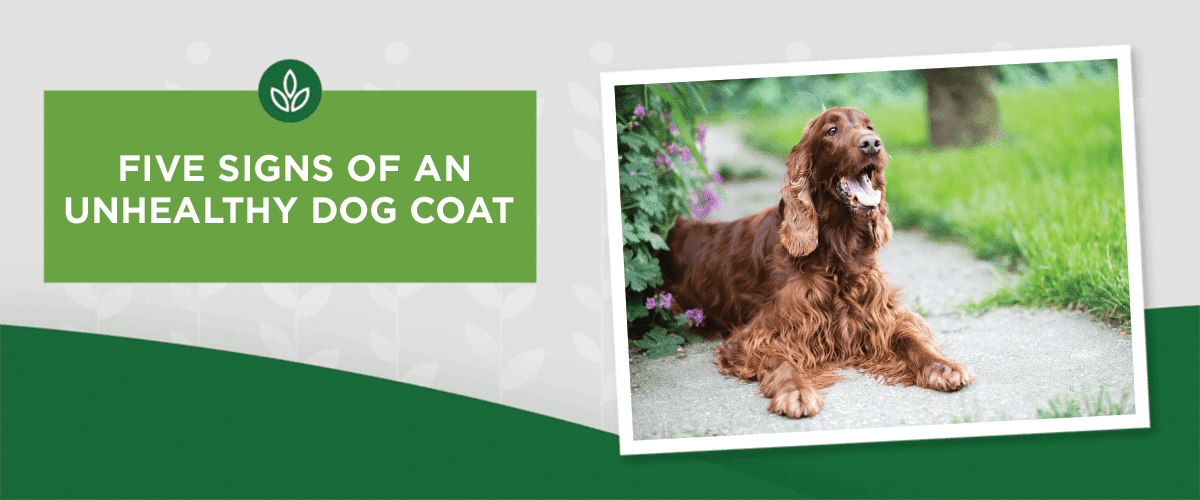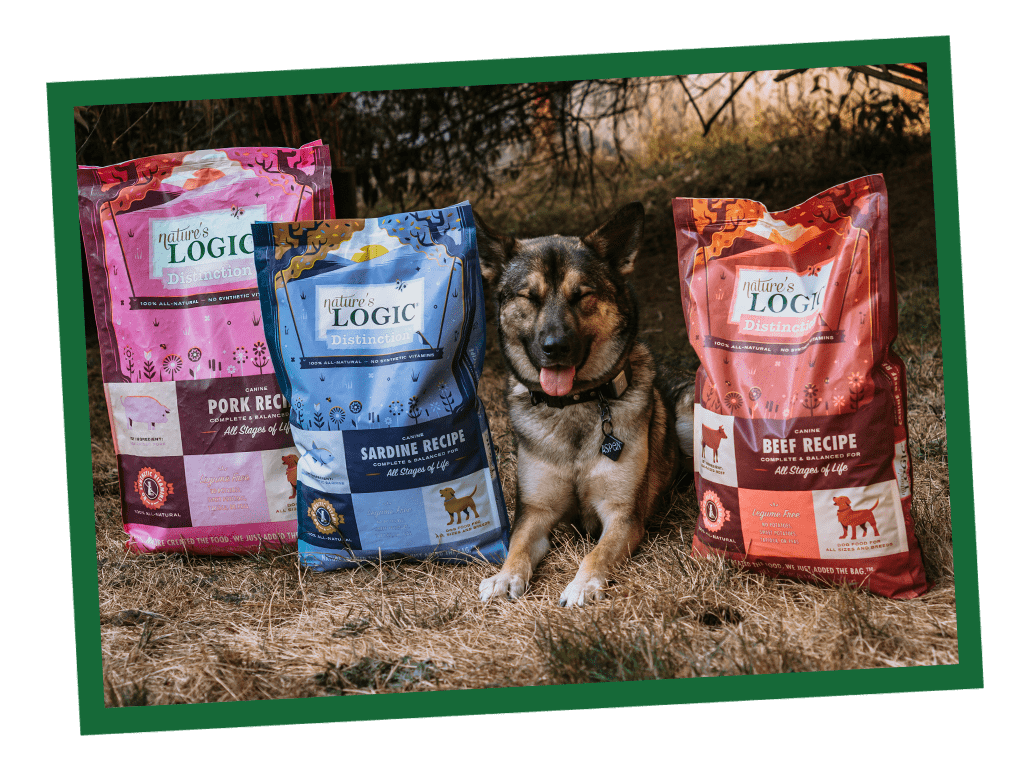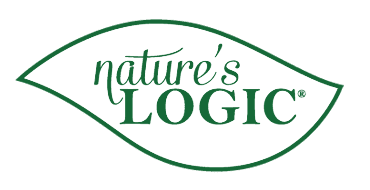Understanding Dog Coat Health
We all want our dog to have a beautiful, healthy and shiny coat. If your dog’s coat is a little lackluster, it may stand out and it could indicate that they are not as healthy as they could be. When you’re dog is healthy on the inside, it often shows on the outside in the form of a shiny, vibrant coat.
Below we’ll explore common signs of an unhealthy dog coat as well as ways we can help them get their shine back.
What Does a Healthy Dog Coat Look Like?
The overall look of a dog’s coat can vary depending on breed. However, signs of a healthy coat are typically universal for all dogs. Healthy fur is usually full without signs of balding or having patchiness. And while your dog likely won’t smell like a bouquet of flowers, they also shouldn’t have a strong odor. In short, if you’re dog looks good to the eye and doesn’t carry an unpleasant smell, they probably have a pretty healthy coat.
Types of Dog Coats
Smooth and Short Coats
Smooth and short-coated dogs have smooth, glossy coats that lay close to their skin. Labrador Retrievers, Boxers, and Dalmatians are examples of breeds that fall under this category.
Wire-Haired Dogs
Breeds like the Wire Fox Terrier and German Wirehaired Pointer have wire-haired coats. This type of fur is characterized by its coarse and bristly hairs that stand away from the body, giving the dog a slightly tousled and unkempt look. The individual hairs are stiffer and more substantial compared to other coat types, creating a wiry texture. A healthy wire-haired coat should still radiate a natural sheen despite its rough appearance.
Long-Coated Dogs
Afghan Hounds, Golden Retrievers, and Collies are all great examples of long-coated dogs.The hallmark of their coat is their abundant and flowing fur that drapes along their body, often requiring dedicated grooming to prevent tangles and matting.
Curly-Coated Dogs
Curly-coated dogs have fur characterized by tight, spiral-like curls covering their body, giving them a unique and playful appearance. A healthy curly coat should have well-defined curls that are uniform across the body, without any signs of matting or excessive tangles. Breeds like the Poodle, Irish Water Spaniel, and Curly-Coated Retriever fall into this category.
Double-Coated Dogs
Double-coated dogs have a coat with two distinct layers: a soft, insulating undercoat and a coarser outer coat. This helps them adapt to various climates and activities. Breeds such as the Siberian Husky, Golden Retriever, and Alaskan Malamute are classic examples of double-coated dogs.
Signs of an Unhealthy Dog Coat
Dull Coat
Similar to human hair, a glossy coat often indicates health in dogs. If your dog’s fur appears dull, it may indicate that your pet is dealing with a nutritional deficiency and it could be time to examine their diet. An all natural dog food, rich in omega-3s and protein is a good place to start if you’re looking to bring their shine back. Consult your vet if you think your dog may need nutritional support to help promote a healthy coat.
Fur Loss
While some shedding is expected with most dogs, excessive fur loss could indicate a more serious health problem. If your pet is beginning to develop bald patches from excessive shedding or itching, they could be dealing with a health issue. Always check in with your vet if you have a concern.
Dandruff
Dandruff isn’t solely a human woe – dogs can experience it too. If you notice white, flaky skin particles on your dog’s fur or around their bed, your pet might be dealing with dandruff. This condition is often caused by dry skin, which can result from various factors such as infrequent grooming, allergies, or even underlying health issues. Regular brushing, appropriate bathing, and a well-balanced diet can all contribute to managing dandruff and maintaining a healthy coat.
Greasy Fur
Greasy fur, characterized by an oily and slick texture, can hint at underlying issues like overactive sebaceous glands or poor grooming habits. While some oil production is natural, excessive buildup can lead to discomfort and skin problems. Regular grooming, a balanced diet, and consultation with your vet are steps that help promote a healthier coat for your canine companion if they’re experiencing greasy fur.
Matted Fur
When your dog’s fur becomes tangled and clumped together, it not only looks unkempt but also raises concerns about their coat health. Matted fur can lead to discomfort, skin irritation, and even hide potential health problems lurking beneath the tangles. Regular brushing and grooming are crucial to preventing matting, especially in long-haired breeds.
How to Improve Your Dog’s Coat
If your pet has any of the symptoms listed above, schedule a visit with your veterinarian to determine the cause of your pet’s coat problems. Once you’ve discovered the root cause, implement the below tips to help keep their coat healthy.
Feed Your Dog A High Quality Diet
Feeding your canine companion a high quality diet can play a significant role in improving their coat health. Nutrient-rich foods provide the essential building blocks for a shiny, vibrant coat. Incorporating the appropriate amounts of omega-3 fatty acids, proteins, vitamins, and minerals can enhance coat texture, reduce shedding, and minimize skin issues.
Nature’s Logic Distinction Canine Sardine Recipe is crafted with sardines as the first ingredient. This nutritious fish is rich in omega-3s and protein, making it ideal for dogs with skin and coat issues.
Groom Your Pet Regularly
Grooming goes beyond aesthetics; it’s a fundamental aspect of coat care. Brushing your dog’s fur helps distribute natural oils, prevents tangles, and stimulates blood circulation, promoting a healthier coat overall. Regular baths, appropriate for your dog’s breed and skin type, can remove dirt, debris, and excess oils. Additionally, grooming sessions allow you to closely examine your pet’s skin for any potential issues that may need attention.
Helping Keep Your Pet’s Fur Healthy
Understanding the relationship between a healthy coat and a healthy dog overall can help promote a healthy life for your pup.
For more information on where you can find Nature’s Logic all natural recipes, check out our store locator.









